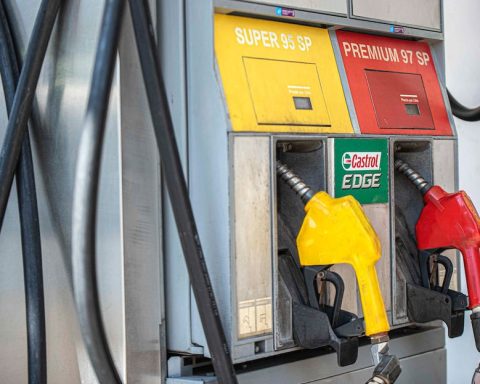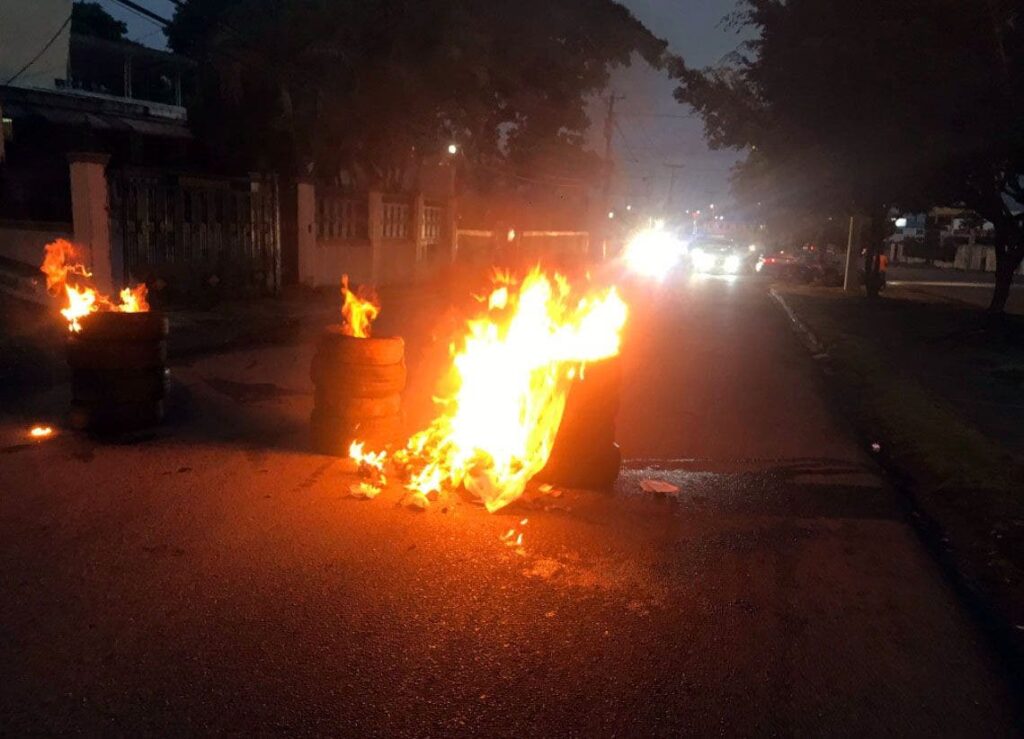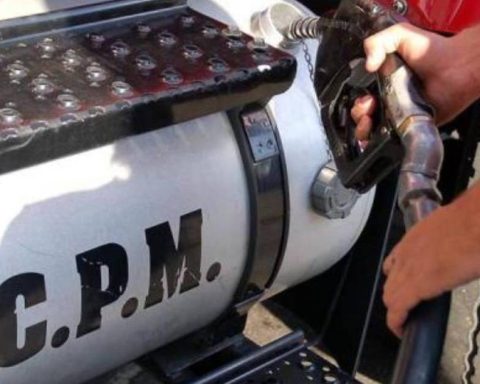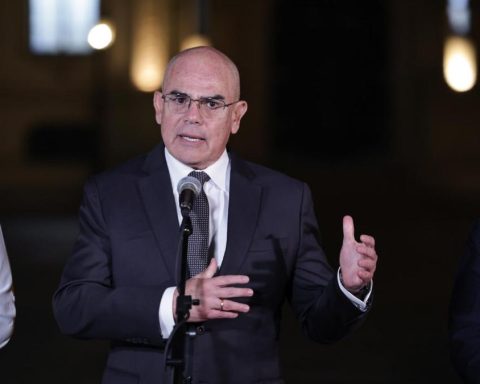After three monthly uploads in a row, this week the Executive Branch will resolve what it will do with fuel rates in May. In recent days there are two aspects that have played in favor and that can contribute to the authorities thinking about not making changes. ORIt is not the decline in the price of oil which gave a respite compared to the strong volatility shown during February and March after the start of the war between Russia and Ukraine. And the other point is the decline in the value of the dollar, which according to Ancap “has given an important hand” in its accounts.
The government will receive this week the Import Parity Price Report (PPI) —which is carried out by the Regulatory Unit for Energy and Water Services (Ursea)— and which takes as a reference what happened with the value of fuels on the Costa del Gulf of Mexico in the US, during the period between March 26 and April 25.
The latest data published by the US Energy Information Administration (EIA) updated to April 18, indicate that the average prices in dollars tThere was a slight increase in the price of diesel, and they were cheaper in gasoline compared to the previous measurement window. While, exchange rate value in the local market during the same period it lost $0.8 and went from $42.15 to $41.35 on average.
Thus, the average value per liter of gasoline stood at $34.07 compared to the Gulf Coast compared to $35.3 the immediately previous month, that is, almost 3.5% belowaccording to data processed by The Observer. For Super 95 gasoline, the most consumed in the country, Ursea takes the average international price of two types of gasoline: CBOB Regular 87 and CBOB Premium 93.
Besides, the diesel It is based on the price of Ultra Low Sulfur Diesel (ULSD 62). The average price per liter was approximately $40.1, a value very similar to the previous immediate reference. These values are only an approximation of what happened in the 23 days of the measurement window that closed yesterday, and the effect that what happened in the last seven days, when oil fell to Values close to US$ 100 from higher price levels. During March, the price The average price of Brent oil had been around US$113 per barrel, and in April it stood at US$107 (-5.3%).
In addition to the PPI, The other aspect that the Executive Branch will take into account is Ancap’s economic perspective and its cash projection.. A source from the entity told yesterday The Observer that the decline in the price of the dollar brought “relief”. As an example, a drop in the exchange rate of $1 positively affects around $25 million in the accounts of the oil company.
In that sense, the source added that the cash situation is not urgent, given that in recent days the entity made the collection of late payments made by UTE and that were pending for sales of diesel for electricity generation to be exported during 2021. To this is added a higher demand than expected during March and April in fuel consumption.
The creeping lag
Ancap’s prices are today below import parity, $4.5 in the case of gasoline, and $8.3 in diesel, difference that today covers the entity. The source explained that the current price gap in the domestic market with respect to PPI values is “so large that it may not go down.” On the other hand, if that difference were eliminated, it would have to be done.
The Ancap Board of Directors will deal this Thursday with the price report that it submits to the Executive Power every month.
The most favorable scenario is good news for Ancap’s accounts and also for the authorities in a situation of growing inflationary pressures. To the extent that the PPI does not show large upward variations in the monthly comparison or the values confirm a certain stability, the government could maintain the price of the rates.
Inflation accelerated again in March and stood at 9.38% in the accumulated index of the last 12 months, from a previous 8.85% in February. And the expectations of the agents also remain misaligned with the official projections.
So far in 2022, fuel rates had three consecutive increases driven by rises in oil on world markets after the start of the war. The last one was in April, when naphtha and diesel once again rose less than what import costs indicated. The price of Super 95 gasoline rose $3 per liter at the pump, while regular diesel increased $5 per liter. The PPI report showed that the price of gasoline should have had a variation of $7.54 per liter, and diesel of $15.22 per liter.

















